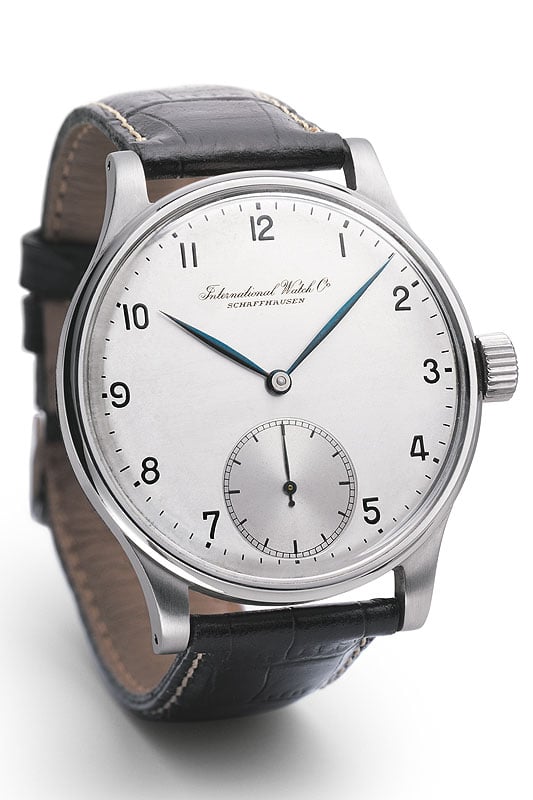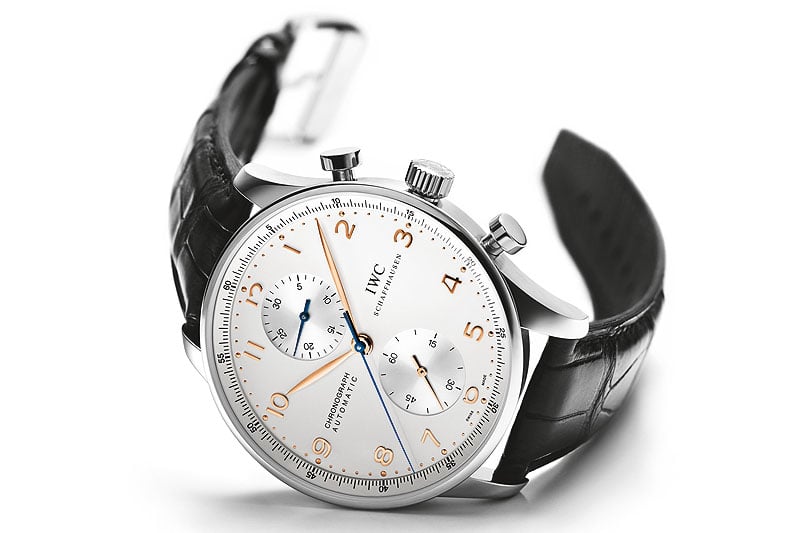
As part of our Icons of Watchmaking series, wristwatch expert Gisbert L. Brunner provides his insight into timepieces with a cult status. This week, his attention is focused on the elegant 'Portuguese' from IWC.
The history of the iconic Portuguese is quite unusual. At the end of the 1930s, the management of the International Watch Company – IWC for short – received a polite letter from Portugal. Two Portuguese IWC importers wanted to buy watches with the precision of a marine chronometer, but with a steel case. Development in Schaffhausen was expensive, but IWC tried different methods and after a few years of experimentation came up with a solution: to take the mechanism from a hunter-sized pocket watch and house it in a wristwatch case. In 1941, they delivered the watches with the 98 Caliber Savonette movement, much to delight of the Portuguese, the project subsequently named in their honour.

In the 50s and 60s, people no longer sought the IWC Portuguese and its internal mechanism known by the informal expression Spiegelei, or‘fried egg’ in English. The turning point came in 1993 when the German market specifically asked for the classics again, resulting in the return of the Portuguese line. The 2010 Portuguese IW545405 model is presented with a manual-wind caliber 98292 mechanism for "tradition at its best", as the company puts it.
Icons of watchmaking history -
No. 1: Audemars Piguet Royal Oak
No. 2: Breitling Navitimer
No. 3: Bvlgari-Bvlgari by Bvlgari
No. 4: Cartier Santos
No. 5: Chronoswiss Regulator
No. 6: Heuer Carrera
No. 7: Hublot Classique
Text: Gisbert L. Brunner
Photo: IWC
ClassicInside - The Classic Driver Newsletter
Free Subscription!


